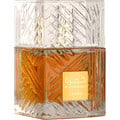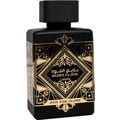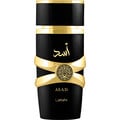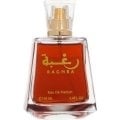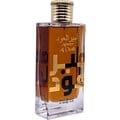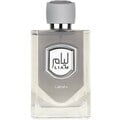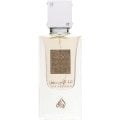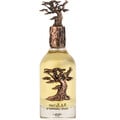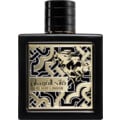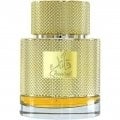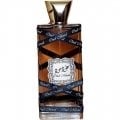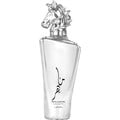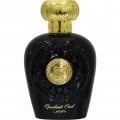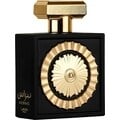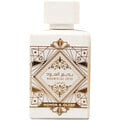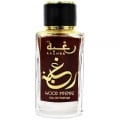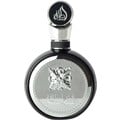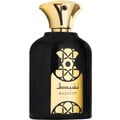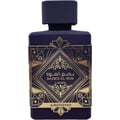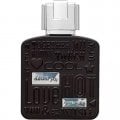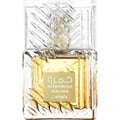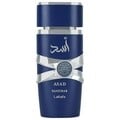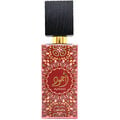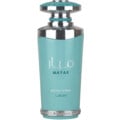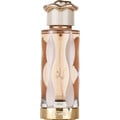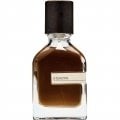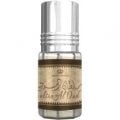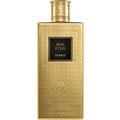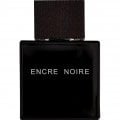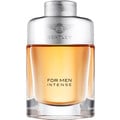03/05/2019

Meggi
212 Reviews
Translated
Show original

Meggi
Top Review
27
Essence of Essence
Ameer Al Oudh - the Lattafas already create images of an idealized Orient by name. There the smell comes in the use a Zacken more profaner therefore. I find the prelude minimal medical. The often woody-dry-sour appearance of oud is otherwise captured and smoothed by a creamy overtone. After a quarter of an hour I even imagine a floral note. Jasmin?
A little later I think of the concentrated wood note from Duro. However, here it is milder, sweeter and probably closer to real Oud wood. And speaking of Nasomatto: As we move on (see noirceur's statement), a relationship to Black Afgano indeed becomes unsmellable, although the one in front rushes much sweeter and thicker. With coffee etc. Ameer Al Oudh doesn't irritate us.
I agree with the statement that everything that can be perceived as exaggerated and hewn on with the Nasomatto has become rounder in the Lattafa. In particular, the possibly somewhat out-of-control aroma density of the black was shortened with a sense of proportion (provided the order of the two is actually this - I don't know!). Although a lacquer note should not be missing also today, but how much more discreetly it is held! I like that well.
What others in Ameer Al Oudh can sense above all in spices remains largely hidden to me and hardly leaves the sphere of fantasy. I still like to nod off cinnamon, something sweet from the direction is there. Instead, I throw something nutty-woody, close to the nutty capacity of some vetiver scents, into the ring for the second hour.
In the afternoon, Ameer Al Oudh continues to play the well-known keyboard, although consistently as "Black Afgano in fine", rather a veil than a cloud. The wood notes are more velvety and more difficult - despite the occasional shimmering artificiality, which in the meantime, however, does without the bite of varnish.
In addition, the oud idea resonates more naturally, so to speak, throughout. And just when I want to check off the fragrance as ready tested, I am suddenly surprised - born of course from this very corner - again by a medical impression, next to which a breeze blows from a far away cowshed (with Mustang69 it is a "stud mark" - wonderful!). It acts like a snap of the fingers at the end.
Even as a quieter clone, Ameer Al Oudh would have a certain justification, just to have to join a long list. But I think he's more than that. It is the essence of the Nasomatto. It would be possible to formulate it in a very malicious and in parts unfair way: Ameer Al Oudh makes use of the best of what had been designed in Black Afgano groping and searching in coarse and sometimes for the scent character more or less redundant brush strokes.
Therefore a test tip for all those who are too keen on Black Afgano.
A little later I think of the concentrated wood note from Duro. However, here it is milder, sweeter and probably closer to real Oud wood. And speaking of Nasomatto: As we move on (see noirceur's statement), a relationship to Black Afgano indeed becomes unsmellable, although the one in front rushes much sweeter and thicker. With coffee etc. Ameer Al Oudh doesn't irritate us.
I agree with the statement that everything that can be perceived as exaggerated and hewn on with the Nasomatto has become rounder in the Lattafa. In particular, the possibly somewhat out-of-control aroma density of the black was shortened with a sense of proportion (provided the order of the two is actually this - I don't know!). Although a lacquer note should not be missing also today, but how much more discreetly it is held! I like that well.
What others in Ameer Al Oudh can sense above all in spices remains largely hidden to me and hardly leaves the sphere of fantasy. I still like to nod off cinnamon, something sweet from the direction is there. Instead, I throw something nutty-woody, close to the nutty capacity of some vetiver scents, into the ring for the second hour.
In the afternoon, Ameer Al Oudh continues to play the well-known keyboard, although consistently as "Black Afgano in fine", rather a veil than a cloud. The wood notes are more velvety and more difficult - despite the occasional shimmering artificiality, which in the meantime, however, does without the bite of varnish.
In addition, the oud idea resonates more naturally, so to speak, throughout. And just when I want to check off the fragrance as ready tested, I am suddenly surprised - born of course from this very corner - again by a medical impression, next to which a breeze blows from a far away cowshed (with Mustang69 it is a "stud mark" - wonderful!). It acts like a snap of the fingers at the end.
Even as a quieter clone, Ameer Al Oudh would have a certain justification, just to have to join a long list. But I think he's more than that. It is the essence of the Nasomatto. It would be possible to formulate it in a very malicious and in parts unfair way: Ameer Al Oudh makes use of the best of what had been designed in Black Afgano groping and searching in coarse and sometimes for the scent character more or less redundant brush strokes.
Therefore a test tip for all those who are too keen on Black Afgano.
16 Comments

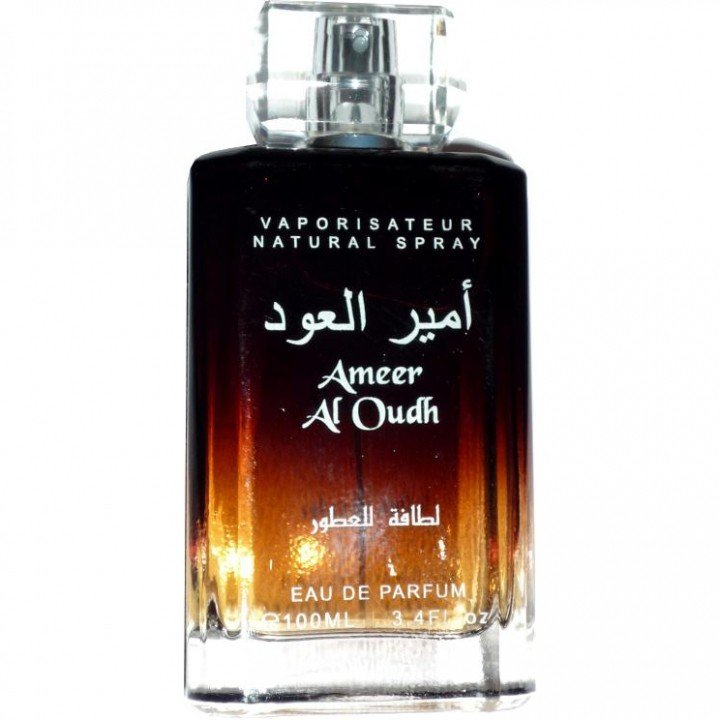


 Top Notes
Top Notes 



 Heart Notes
Heart Notes 




 Base Notes
Base Notes 












 Habshee
Habshee Mihaiu
Mihaiu